
Peoples and Languages
Social Media
Leave comments, suggestions, keep an eye on news in our groups on VK, Odnoklassniki and Telegram channel

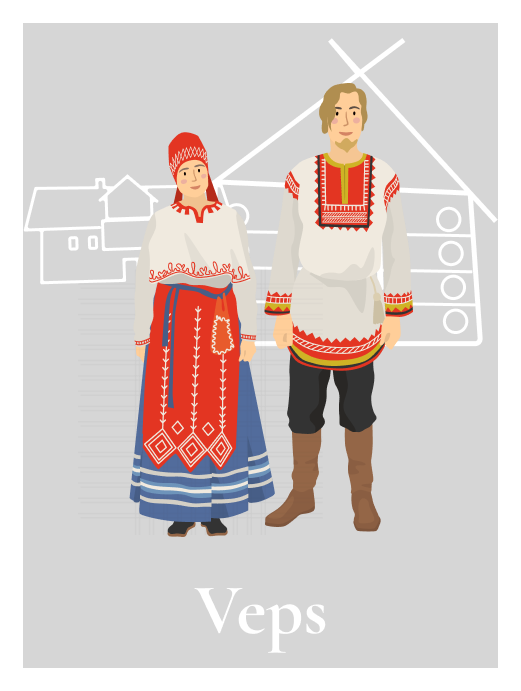
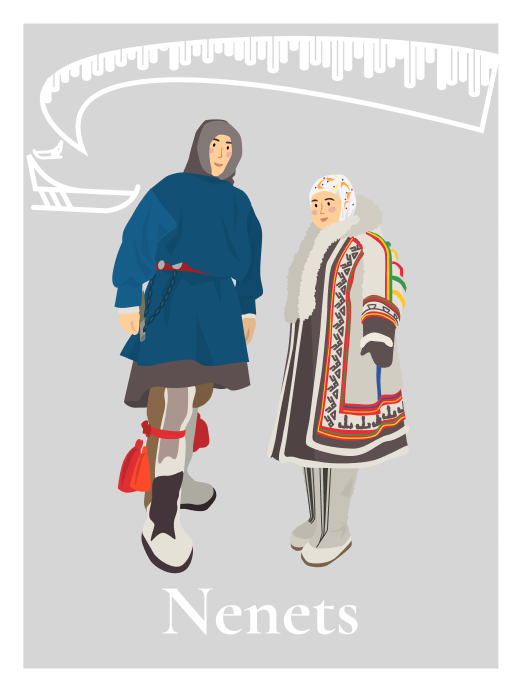
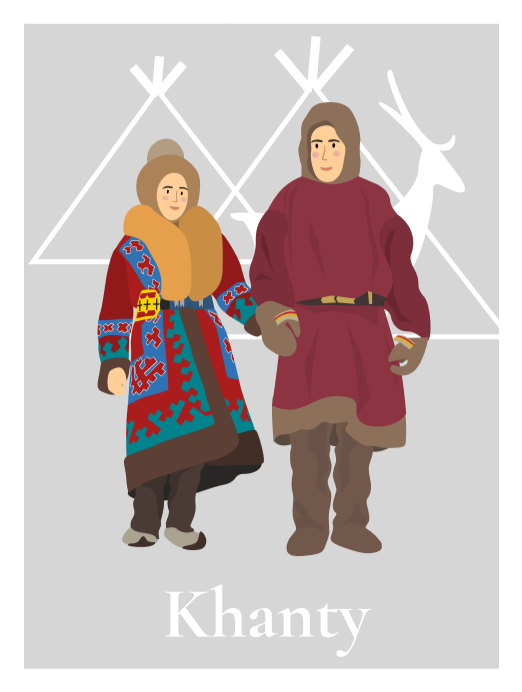
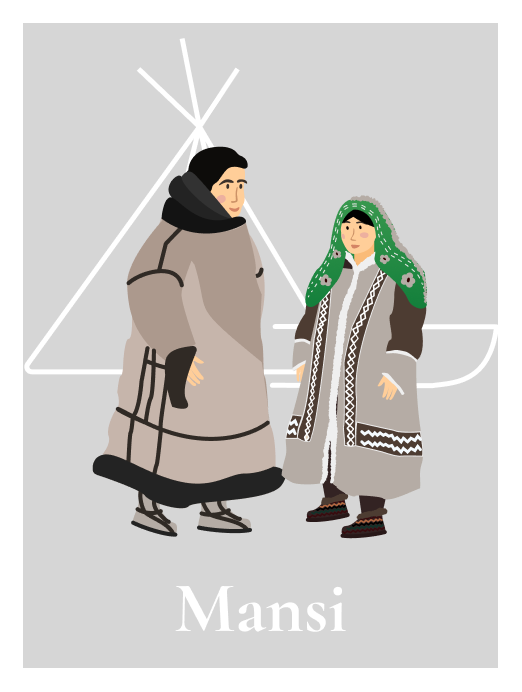


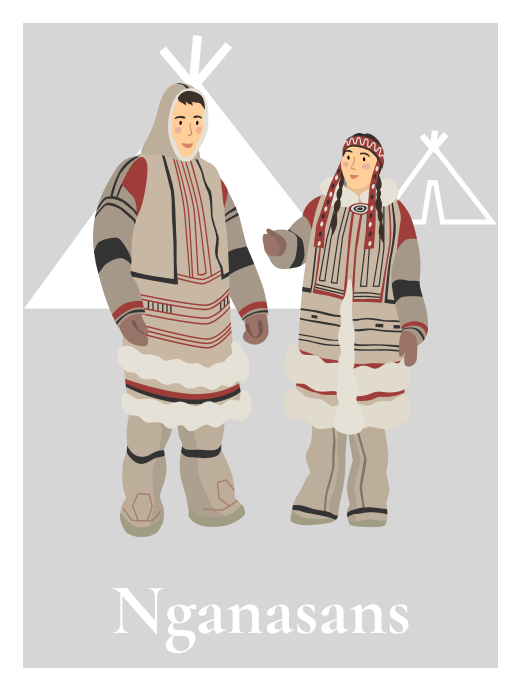

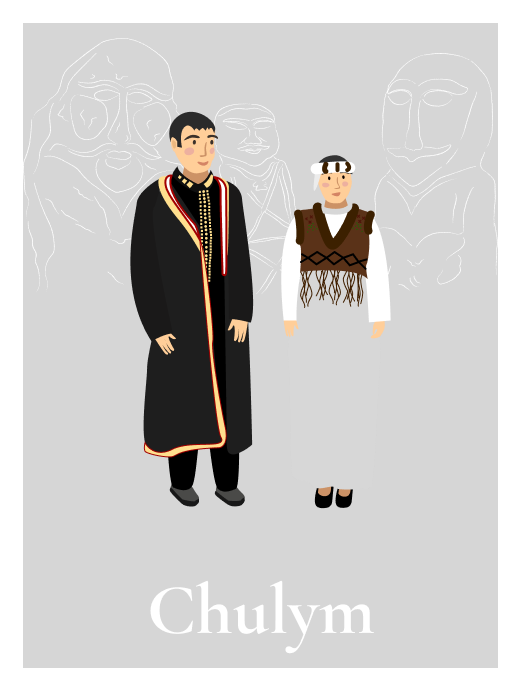

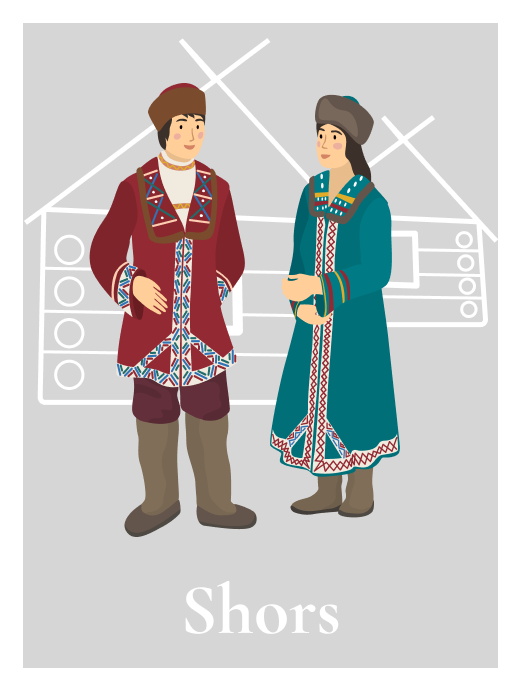
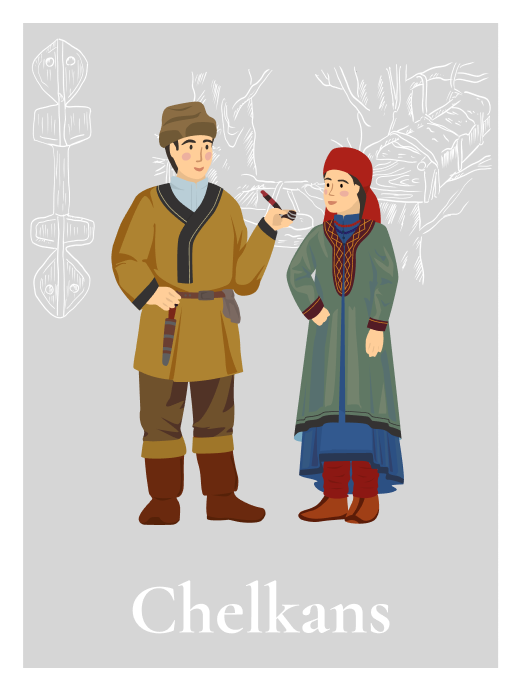


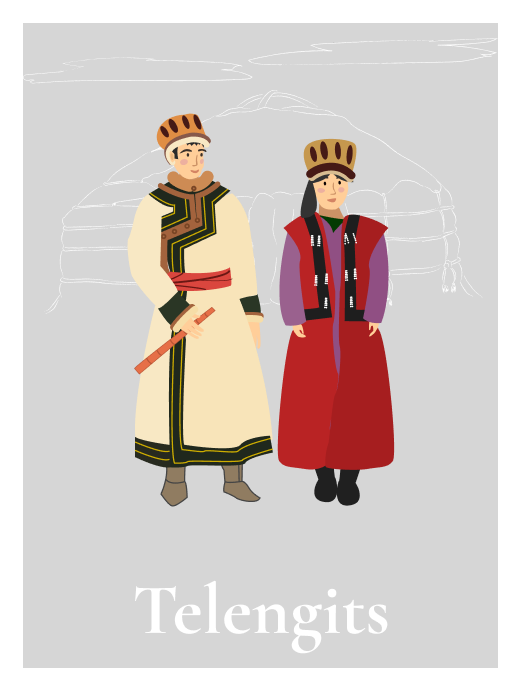
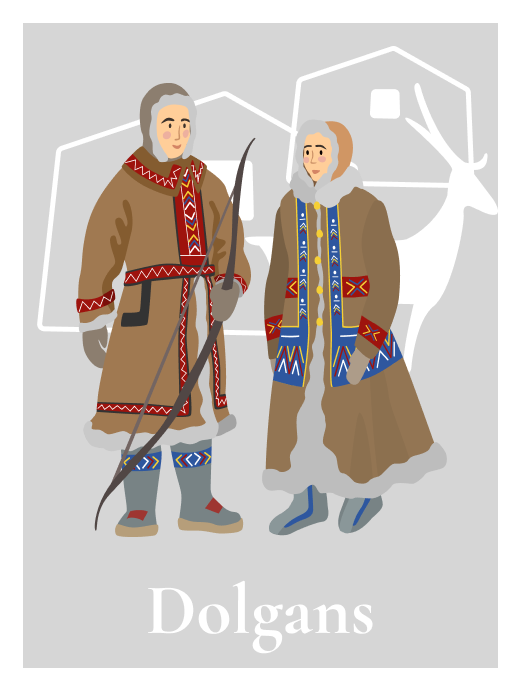
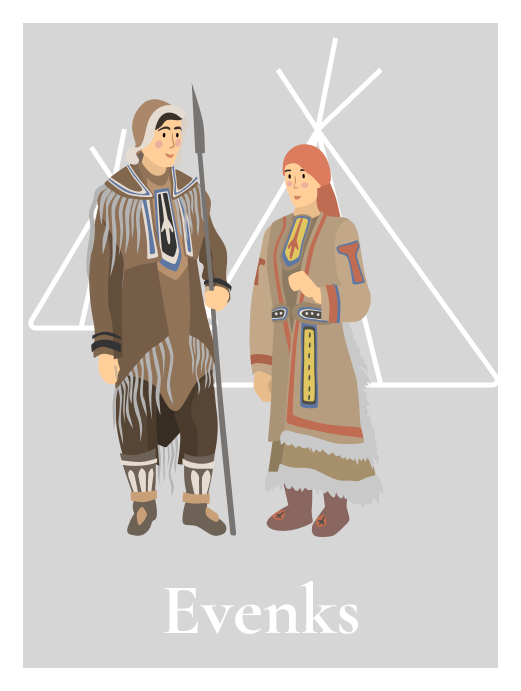


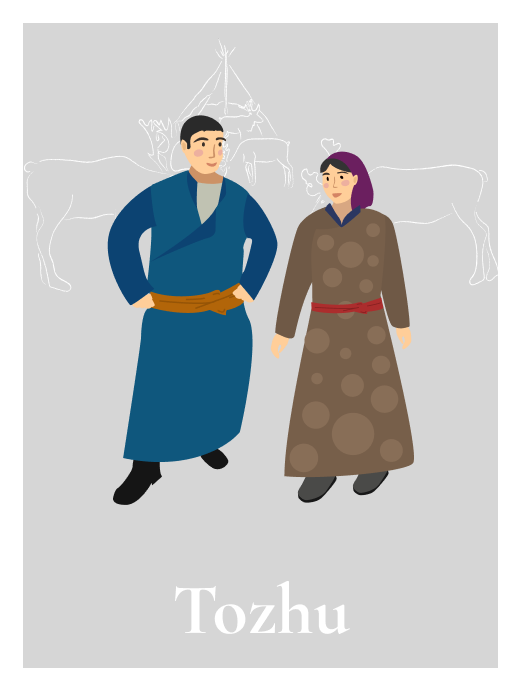



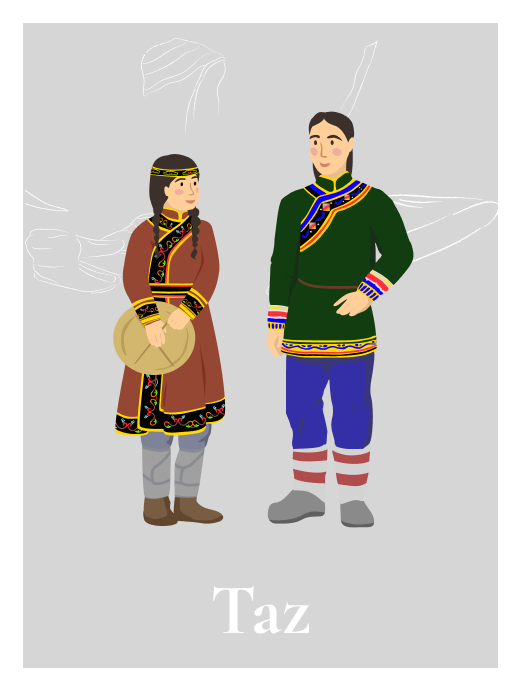

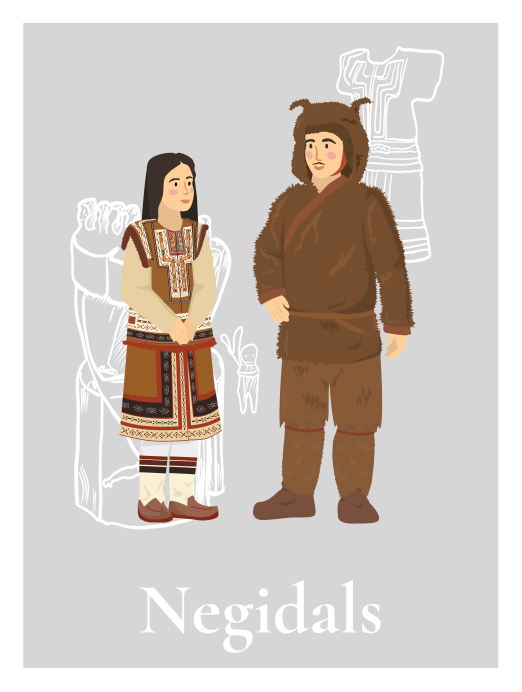



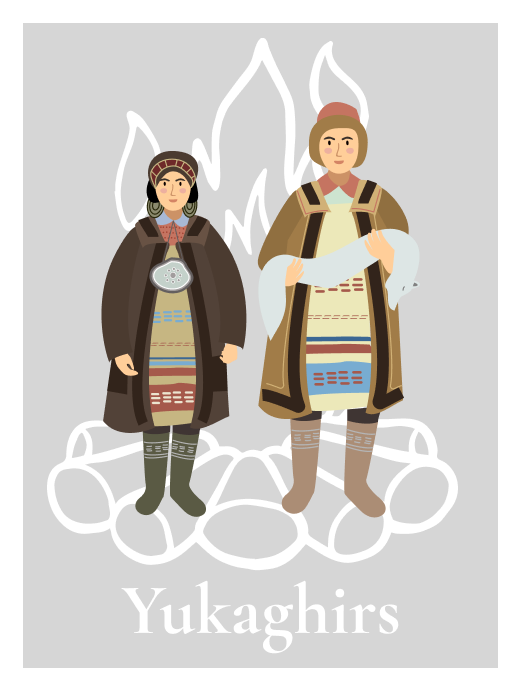


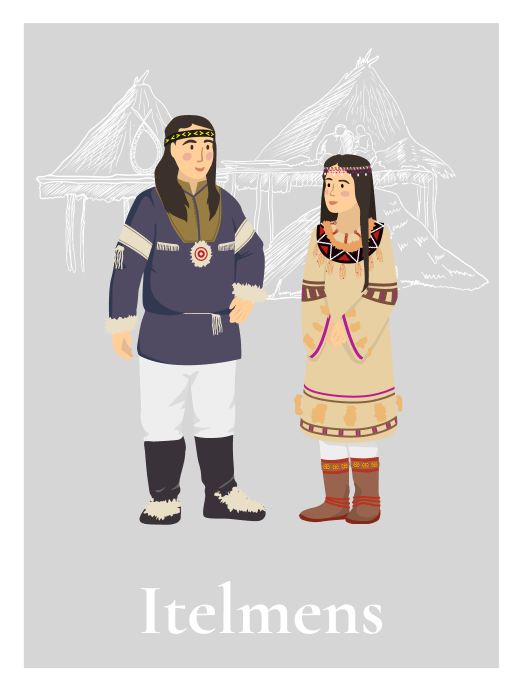

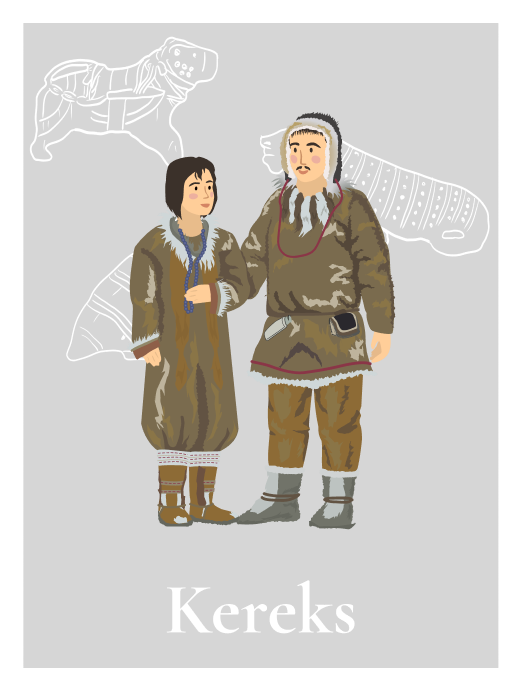
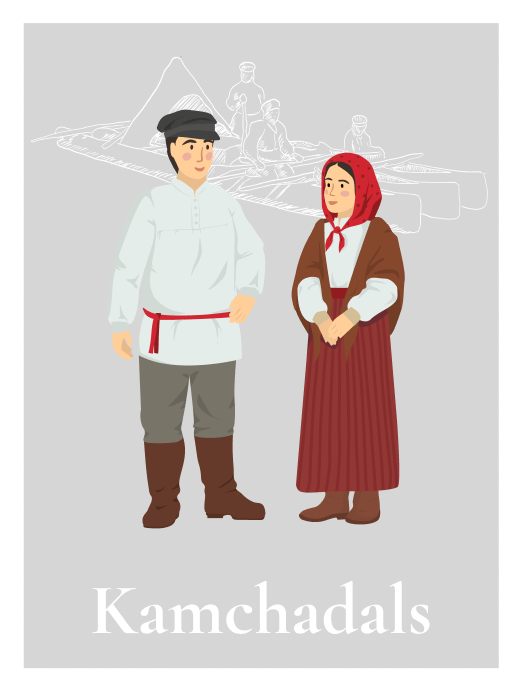

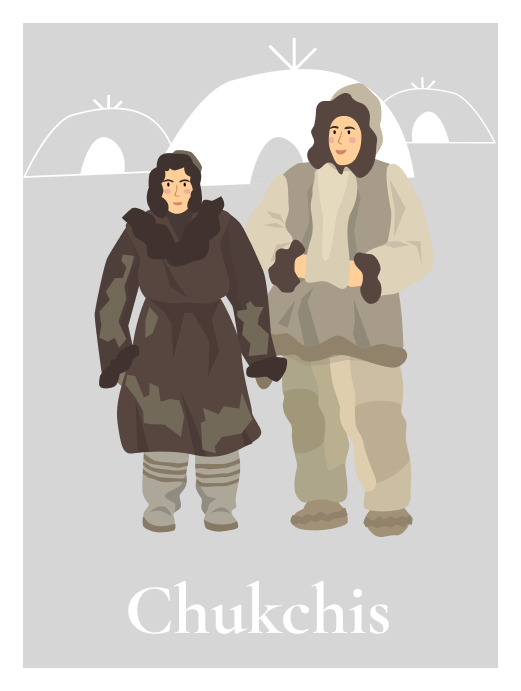
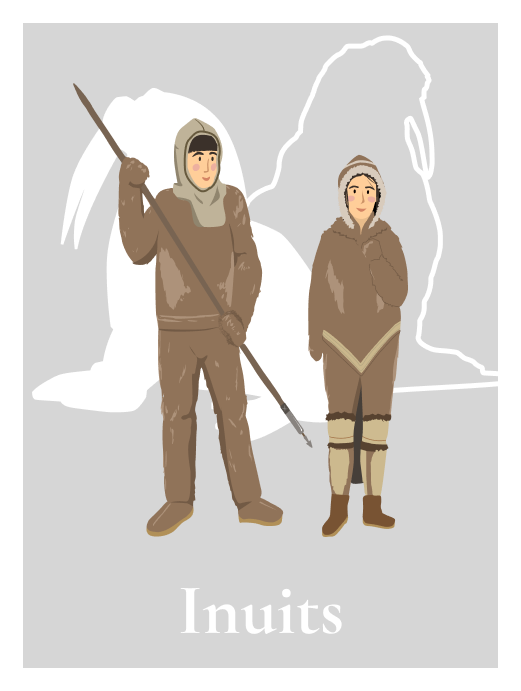
The word “Kets” is not the original endonym. It was officially introduced and came into use only in the 1920s. As was the case for other peoples of the North, the name was based on the word “man” (ket). Before this, the Kets had been known as “Ostyaks”, “the Yenisei Ostyaks” and “the Yenisei people”. The word “Ostyaks” was not the self-name, either. It was used, by analogy with the name for the Ob-Ugric Ostyaks (Khanty) and the Samoyed-speaking Selkup, by the Russian service class people who were advancing from the Ob to the Yenisei at the beginning of the 17th century.
Fishing, hunting, and gathering are widespread in the Turukhansky region. These types of activities are carried out mainly by the residents of small villages, who sell what they procure to consumer cooperation or at markets. The inhabitants of these villages cultivate agricultural subsidiary plots, breed livestock and grow vegetables. Commercial fish can be caught in sufficient quantities. The Kets catch and sell urbot, perch, dace, sorog, pike, ide, tugun, European carp. Sturgeon, whitefish, nelma, sterlet, taimen, omul, muksun, broad whitefish, lenok, peled, vendace (Turukhan herring) are caught according to annual catch limits. Fur-animal hunting is also widespread; the Kets hunt sable, arctic fox, common fox, squirrel, weasel, ermine, muskrat, wolf and bear.
The Ket religion was based on animism. According to their beliefs, every plant, animal and natural phenomenon had a vital principle manifested in the form of a spirit. The entire world was believed to be inhabited by them. Some of the spirits were neutral in relation to man (“stone”, “earth” and “sky” spirits). This category includes the following creatures: Kaigus, the master of all animals, Kholai, the mistress of all hunted animals, possibly the mistress of the forest, Ulgys, the master of waterways and fish